We believe that the key to happiness at work is genuine relationships. Bold statement, we know. Why do we believe that? It’s not a feeling or a guess, but it’s based in evidence—findings that over and over, the network of relationships you create has a big impact on your experience at work and what you’re able to accomplish.
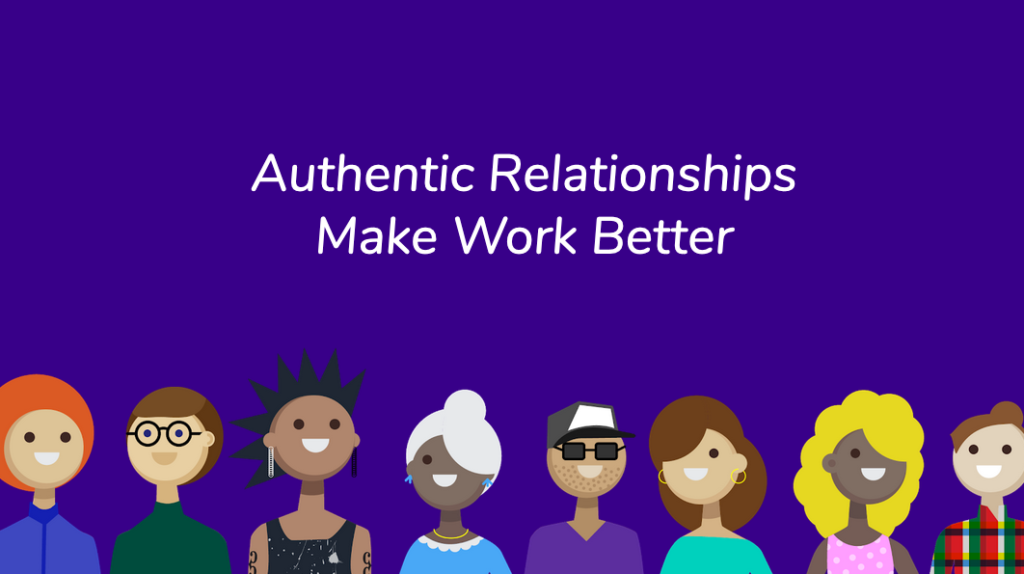
“Investing in connections among team members both increases productivity and reduces risk.” – Margaret Heffernan, TED Books
“Those at work whom we see daily have the potential to increase our happiness as much as earning $100,000 more per year.” – Fast Company
“Good citizenship” behaviors including altruism and courtesy are “critical to long-term effectiveness.” – Google
Employees who have a best friend at work are 7x more likely to be engaged. – Gallup
As important as these relationships are, it’s really hard to actually make them. Inertia, fear of social awkwardness, packed schedules, and a million other factors impede our ability to put the time and effort into forming these valuable relationships for ourselves.
That’s where programs to build camaraderie, community, and collaboration come in. They’re the framework that provide purpose, means, and measurement—all of which are critical conditions for overcoming that inertia and building these supportive networks that ultimately make our time at work more pleasurable and more successful.
Purpose, Means, and Measurement
Your first initiative could be as simple as encouraging teammates to grab coffee (IRL or virtual) with one another, but there’s a wide world of reasons and ways to be introducing employees. If you’re creating one from scratch, your framework should include:
Purpose – Why should these teammates be meeting, and why is now the right time? What should they discuss? Are they a new hire? Do they need help with sales demos? Is a merger happening? Identifying a purpose for the connection and making it transparent to the teammates being introduced helps reduce fear and increase motivation.
Means – How should teammates be meeting? In real life? Via Zoom? Are they allowed to take 30 minutes out of their day? Expected to take 60? Can they expense coffee? Providing the means to make meetings happen lowers the friction of scheduling and increases the likelihood that a meeting will happen.
Measurement – Are +50% of your teammates meeting regularly and deriving value from those meetings? Do introductions tend to trail off? Has participation increased or decreased over the past six months? These are all measures of the value you’re deriving from making connections (and determine your ability to sell connections programs internally). Keeping a pulse on whether meetings occur and your teammates’ feedback is essentially to creating meaningful relationships—and continually improving the program.
How do purpose, means, and measurement come together to create actionable programs that actually work? We’ve observed 15,000+ teams to come up with 15+ examples of connections programs that are lightweight to execute, but have an outsize impact for your team.
Overcome Distance
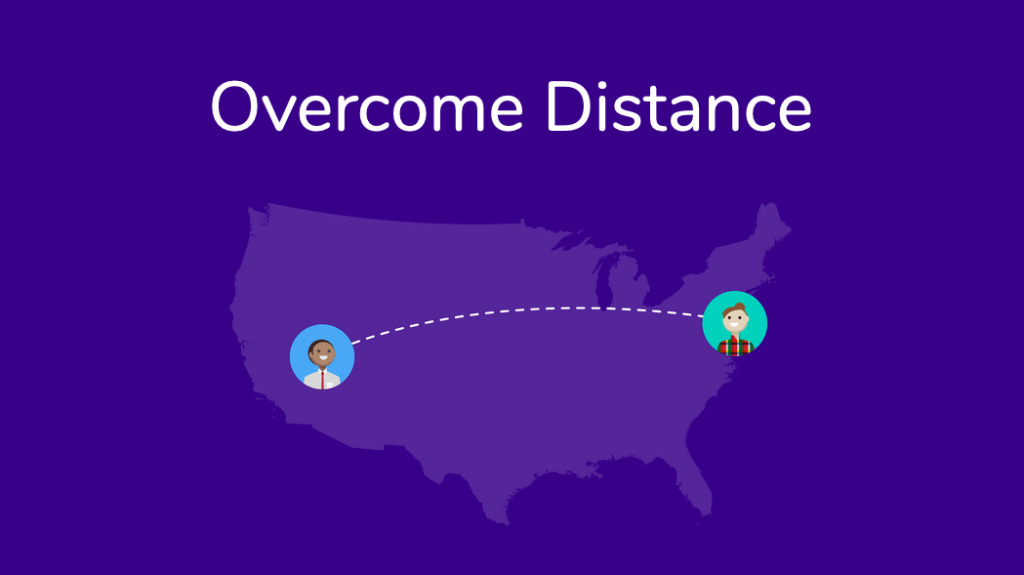
One of the biggest challenges we face in connecting people is distance—across departments, offices, and time zones. The nature of work is changing: as of 2018, 70% of employees around the world worked from home at least one day per week, and 74% of the companies that use Donut make introductions between people that are not in the same time zone or office. That data alone is a compelling argument to find the digital equivalent of the proverbial water cooler.
Cross-Department Intros – “Departments are siloed” is an evergreen complaint. It’s so easy to get absorbed in your own work that you aren’t organically meeting or making time to meet people from other departments. Intentionally introducing teammates from different departments for casual coffee (or tea!) meetings once a month is the best way to combat that.
Lunch Lotteries – A free lunch is another great way to encourage people to meet, but it doesn’t have to mean catering for the entire office. Picking 5 lucky people per month to dine together encourages cross-department interaction on a more personal scale, and makes groups small enough that it’s less intimidating to participate than facing a room full of people.
Virtual Coffee Meetups – Teammates don’t have to be in the same office in order to make coffee meetups happen. Divide different regions with similar time zones (e.g. North America, APAC) into different channels to make scheduling easier, or pick a standard company-wide day/time once a month that everyone can reserve. Gift employees credits at local coffee shops, or send company mugs to their homes.
Post-All Hands Breakouts – All-hands meetings are an important periodic opportunity to get everyone on the same page, but it’s often hard to encourage productive discussions and ask questions in large groups. Introduce groups of 5-8 people for smaller breakouts directly after all-hands meetings, and consider giving them a conversation prompt or brainstorm topic.
Mergers + Acquisitions – Encouraging interaction within a team is hard enough. Merging two completely different companies together and forging new collaboration pathways is an entirely separate challenge. One of the most effective ways to integrate new teams together is to methodically introduce people between the two companies merging through once-weekly or biweekly coffee meetings.
Build Relationships for New Hires
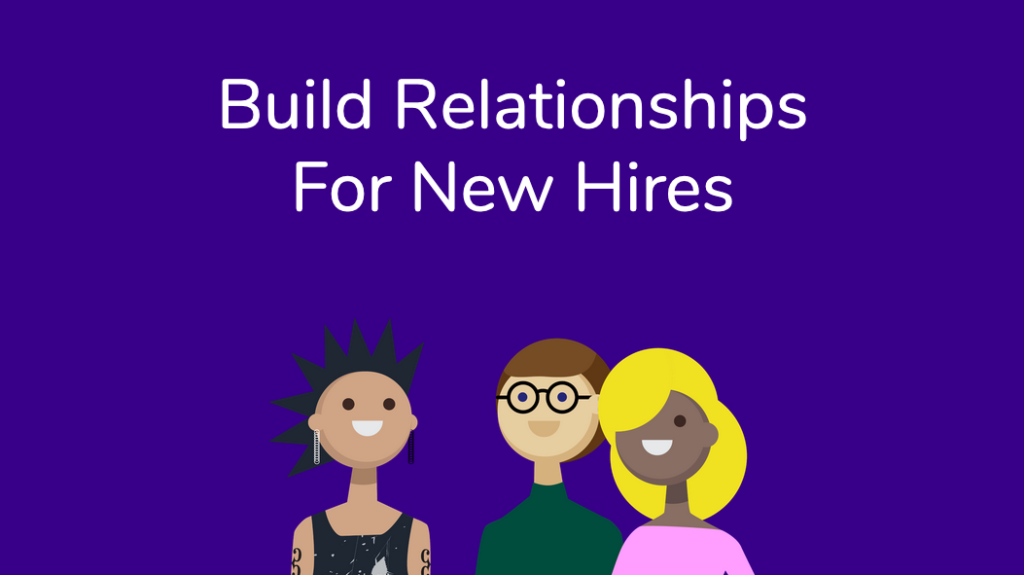
We’ve all had that experience of walking into a new job on Day 1 and not knowing a single other person on the team. It’s socially intimidating, and it can feel profoundly socially isolating when you don’t know other people’s names, who to ask for help, or whether you’ll have someone to eat lunch with.
The faster a new hire gets to know the team—not just their names, but to know them as people—the faster they’ll gain a sense of belonging, a network of resources, and a sense of trust that allows them to do their jobs well.
Onboarding Buddies – These built-in friends can support new hires during their first weeks (or months), and answer questions about anything from “where’s the bathroom?” to “how do expenses work?” Onboarding buddies are especially important for remote new hires, because that might be their only, crucial social connection to the rest of the team.
New Hire Lunches – Everyone eats, which makes lunchtime a perfect opportunity for new hires to get to know the rest of the team. Send new hires one to two introductions per week for their first one to three months, either on their team or across the company like Slalom Consulting does. New hire lunches totally work over Zoom, too.
Connections Buddies – It’s hard to keep track of who each new hire would benefit from knowing, so assign a point person whose explicit role is introducing the new hire to everyone on the team they need to know. Ideally it’s a fairly recently hired peer who remembers what they were confused by and who was best suited to answer common questions.
Job Shadowing – Help new hires to ramp quickly by assigning them job-shadow sessions within their department, or give them an overview of the company by introducing them to peers occupying other roles. They’ll get a sense of the big-picture mission, and will pick up new skills along the way.
Sales Demo Buddies – Ease new account executives into conversations with customers by pairing them with experienced sales reps for joint demo calls and feedback sessions.
Code Review Pals – Pair junior engineers with senior programmers every sprint for code review sessions and constructive feedback.
Keep Leadership Connected
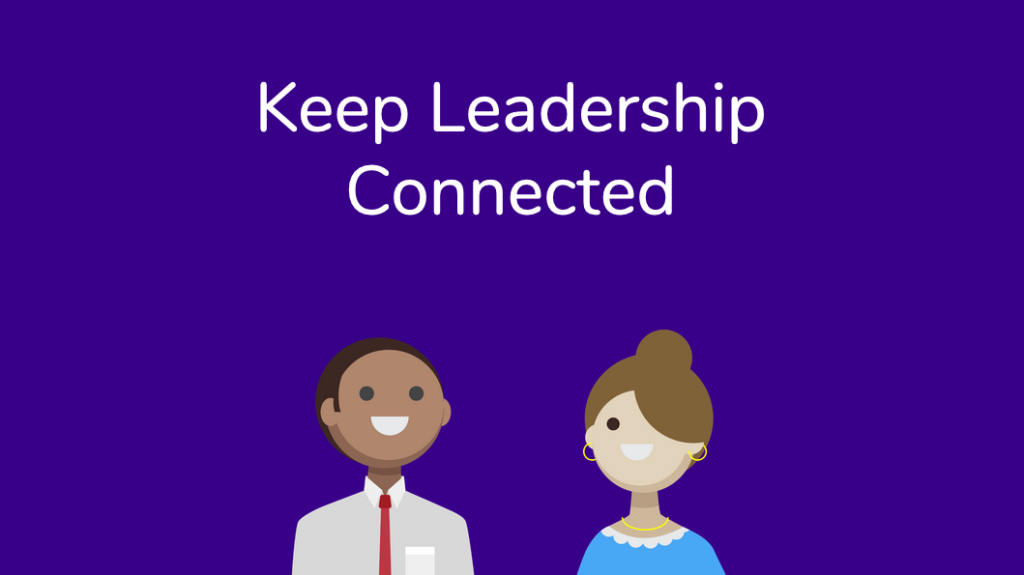
Keeping leadership connected with all employees at all levels is beneficial for everyone: leadership gets valuable real-time feedback and ideas, while employees feel heard and engaged in the mission. As beneficial as it is, actually keeping leaders connected is always easier said than done when everyone is stretched thin in terms of time and priorities. These programs are optimized to be specific, easily understandable requests with a minimal amount of time investment and a maximum return–and we know they really work.
CEO Coffee Lottery – Connect the CEO with one to four lucky employees once or twice a month for coffee meetings. These quick, casual meetings are a low barrier to entry for everyone, and employees can come prepped with questions or conversation topics to make the meeting even more seamless.
Leadership Round-tables – Even if you’re too big for a CEO coffee lottery, leadership round-tables serve a similar purpose. Once a quarter or twice per year, ask team leads to hold round-tables with teammates in their department to gather ideas, brainstorm for the future, offer feedback, and address challenges. Some teams have department heads meet with individual contributors from other departments, which creates new channels for feedback and collaboration.
Team Lead 1:1s – You might already be doing this, but we can’t sing the praises of team lead 1:1s enough. Depending on the size of the team, leads might meet with individual contributors anywhere from once a month to once a week. Rubrics are a great way to encourage conversations to cover a range of topics from growth goals to opportunities for improvement.
Spread Knowledge
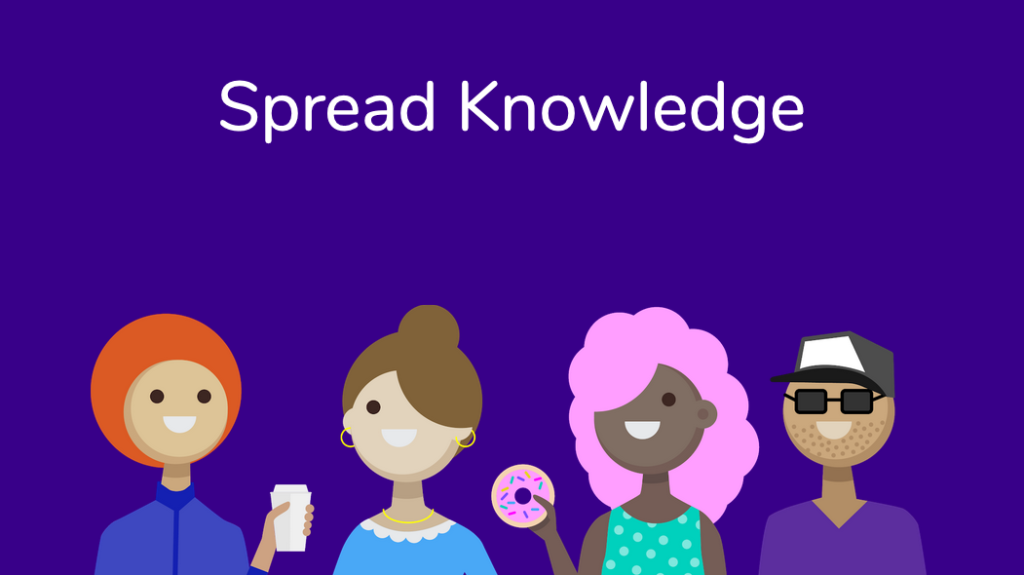
Learning doesn’t just have to be vertical. In fact, sometimes the best kind of learning is totally horizontal across the organization: 55% of employees go to peers first when they want to know something. Harness behavior that’s already happening by strategically connecting teammates for learning opportunities, and you’ll be positioned to leverage knowledge and resources that already exist.
Peer Mentorship – We’ve found there are two ingredients that help set peer mentorship programs up for success: setting a specific meeting cadence, and offering productive prompts for what mentors and mentees should be discussing during their meetings. Having a framework gets the relationship off the ground, and gives meetings a purpose.
Job Shadowing – Learning how to do someone else’s job is a powerful tool for building empathy and skills across the team—and has the ancillary benefit of creating a preexisting relationship so if someone in sales is having an issue, they know which engineer they can ask for a perspective.
Peer Learning Sessions – Introducing people with a specific skill set to other teammates that want to learn that particular skill is the most direct way of spreading knowledge across the company. You can set up 1:1 sessions with “teachers” and “learners” based on interests, hold a Lunch and Learn lottery where you pick volunteers for informal workshops, or host full-team learning days once per quarter or twice per year like Betterment’s BetterU Day.